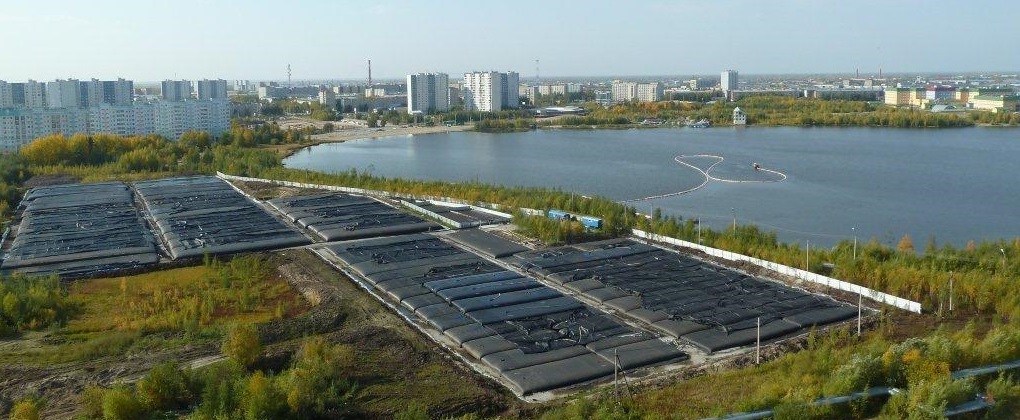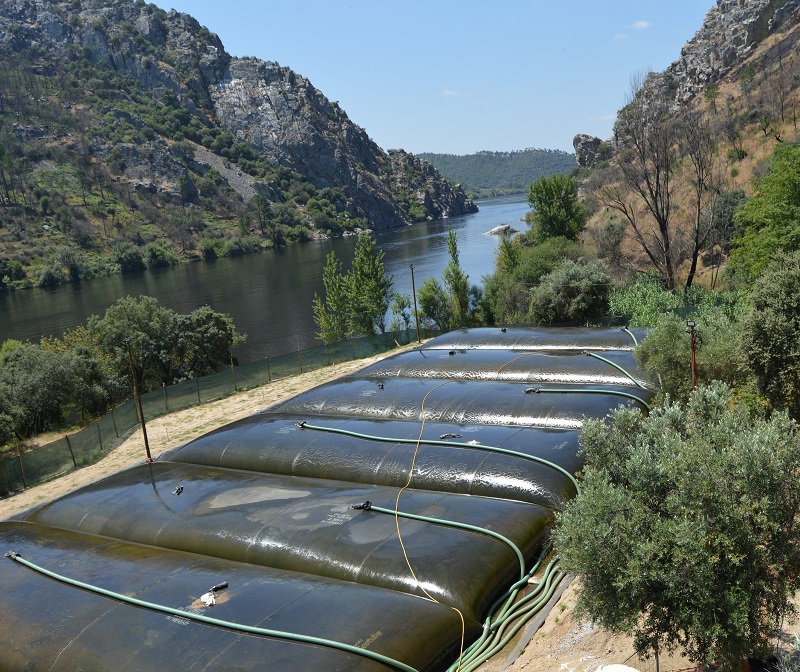
When planning a dewatering operation, bridging the gap between efficiency and sustainability is essential. TenCate Geotube helps manage this balancing act.
Not all dewatering systems are equally green. Amongst other things, the amount and source of the energy required is a decisive factor when it comes to the operation’s carbon footprint. Over the years, and because of its distinctive and proven specific advantages, site operators have come to appreciate the absence of capital investment costs, the efficiency, safety and reliability of TenCate Geotube.
Less energy, more sustainability
Dewatering operations in the mining industry, environmental dredging operations, wastewater treatment and other industrial operations traditionally use centrifuges, belt presses, filter presses and other mechanical dewatering devices that require energy to be operated. Solutions with a lower energy consumption than traditional methods are attractive alternatives for sustainable dewatering operations. Therefore, knowing how much energy is required as well as how the energy is generated is vital when evaluating an operation’s environmental footprint.
Calculating from scratch
To comprehensively assess the various dewatering technologies’ sustainability, several factors need to be taken into consideration in addition to the system’s energy consumption. By examining all phases of a project, the effect of direct and indirect carbon footprint emissions can be determined:
- The materials and equipment used for a dewatering installation
- The transport distances to the dewatering site
- The amount and source of the energy required for operation
- Dismantling of the site, including the removal of dewatered sludge, at the end of the project. In the case of a dredging project where the dewatered sediments are also reused as construction material, the reduction in imported fill material is part of the equation.

Green, greener TenCate Geotube
Compared to mechanical dewatering units, TenCate Geotube systems require substantially less energy. The decantation takes place by itself, which constitutes a decisive advantage when it comes to reducing the operation’s carbon emissions and environmental footprint. To make sure dewatering is as efficient and ecofriendly as possible, TenCate Geotube experts carefully select the fabric as well as the system’s dimension and configuration based on the operation’s specific requirements.
Evaluate your operation’s potential
Are you now curious to know the carbon footprint reduction potential of your own dewatering operation? With the proprietary Carbon Footprint Calculator, TenCate Geotube specialists provide a quick, robust and transparent performance comparison between the TenCate Geotube solution and traditional solutions. You can request an expert evaluation on TenCate Europe’s website, www.tencategeo.eu/en.
This article first appeared on the TenCate Europe blog, https://blog.tencategeo.eu.
 TEXTILES.ORG
TEXTILES.ORG


